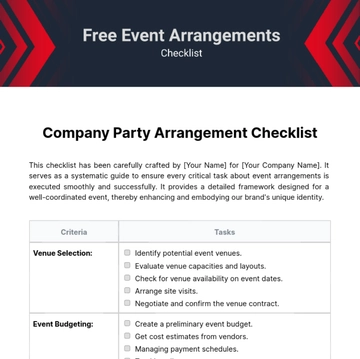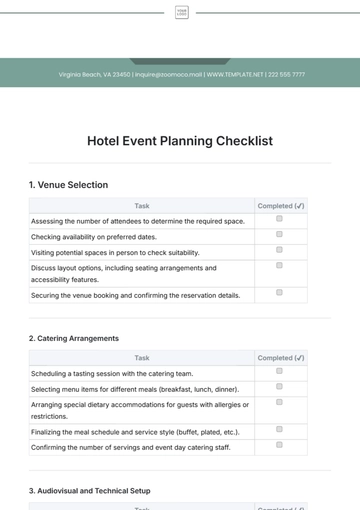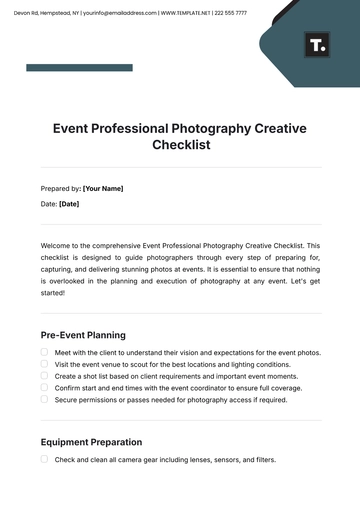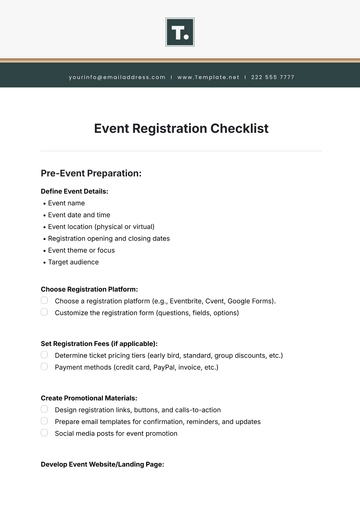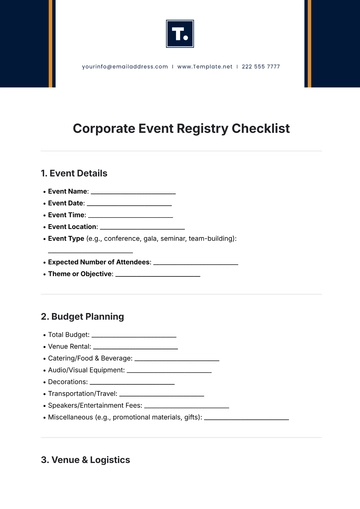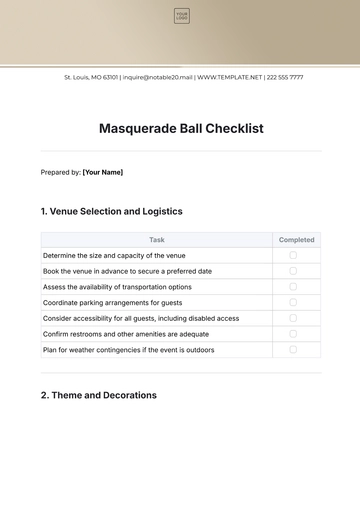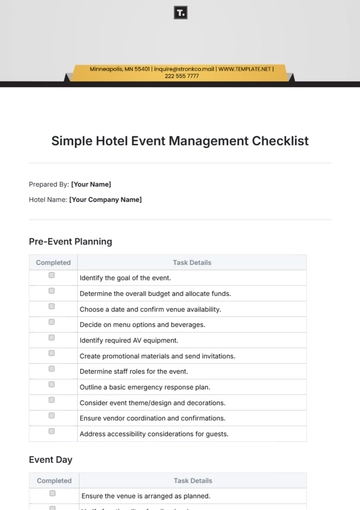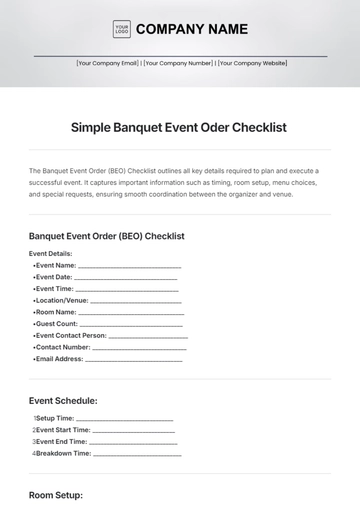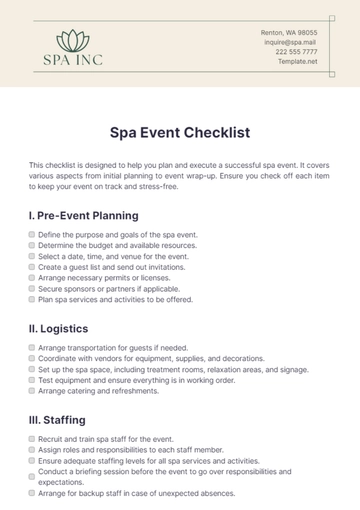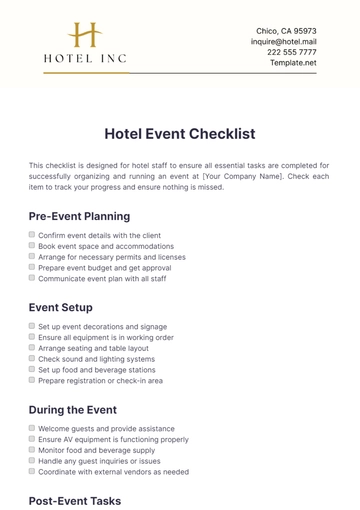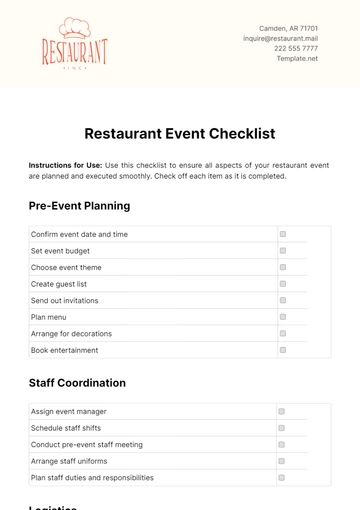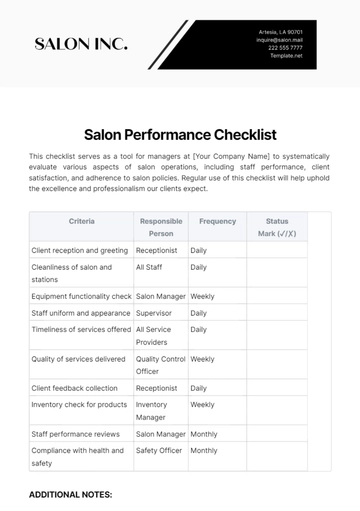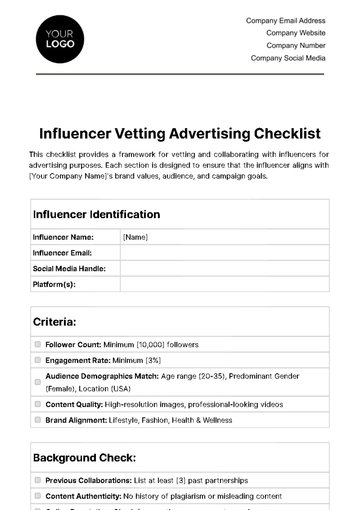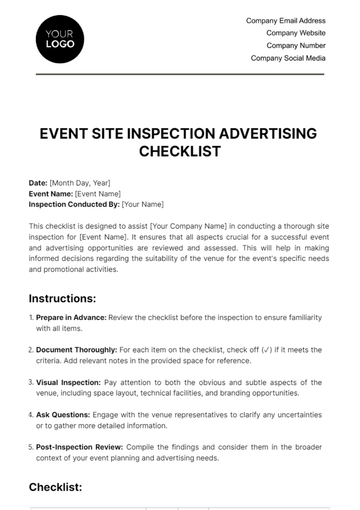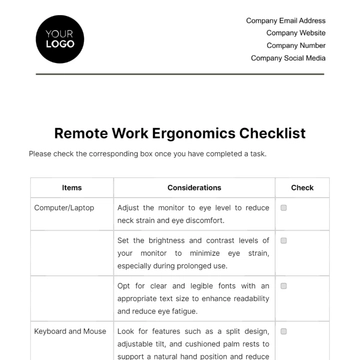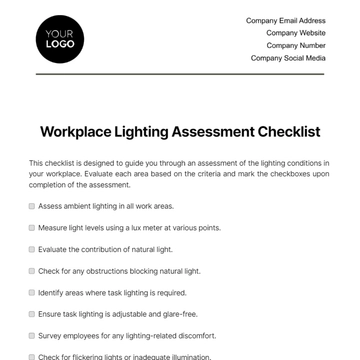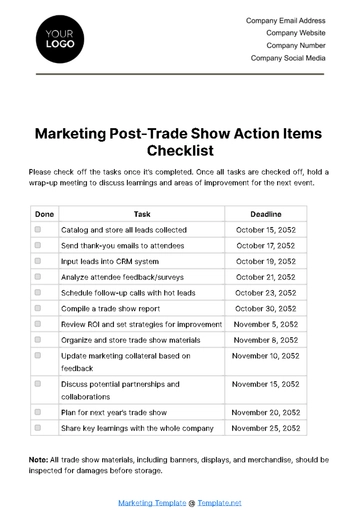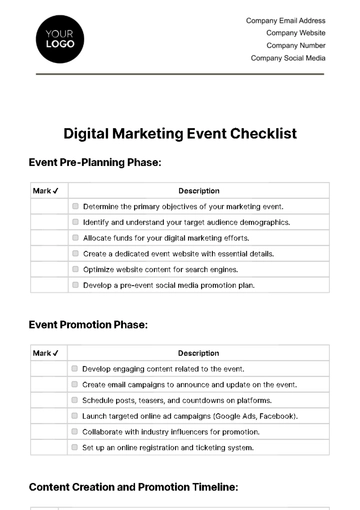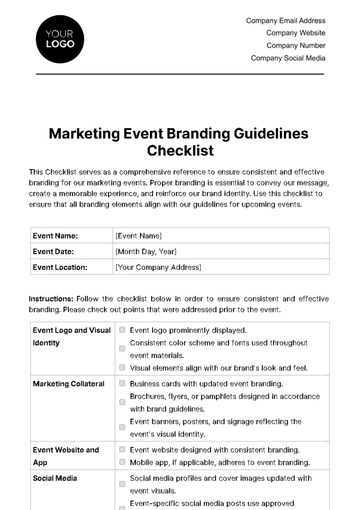Website Development Success
This checklist is designed to guide you through the process of enhancing your website for better visibility and organic traffic growth while maintaining user-friendly content. Follow this guide for your website optimization and check off each task as you complete them.
Define Website Objectives
| Formulate clear and concise website objectives that align with the overall goals and purpose of the website. |
| Establish measurable key performance indicators (KPIs) to quantifiably evaluate the success of the website in meeting its objectives. |
| Create a comprehensive plan outlining the layout of the website based on the defined objectives. |
| Develop a realistic timeline for achieving the established website objectives, considering the scope and complexity of each goal. |
User-Friendly Design
| Conduct a thorough assessment to ensure all buttons and links are functioning properly, providing users with a seamless and frustration-free experience. |
| Verify that the website design is responsive across various devices, ensuring optimal user experience and accessibility. |
| Confirm the existence of a logical and smooth navigation path for users to easily find and access information. |
| Perform comprehensive testing for website accessibility, addressing any potential barriers that might hinder user interaction. |
| Utilize web-friendly fonts and appropriate font sizes to enhance readability and overall user experience. |
SEO-Friendly Content
| Conduct extensive keyword research relevant to the industry or topic of the website to enhance search engine optimization. |
| Optimize website content by strategically incorporating chosen keywords to improve search engine visibility and ranking. |
| Ensure that all images on the website have SEO-friendly Alt tags to enhance accessibility and improve search engine indexing. |
| Review and optimize meta descriptions to be well-written and keyword-optimized, increasing the likelihood of higher click-through rates. |
| Verify that URLs are clean, concise, and designed to be SEO-friendly to improve overall search engine performance. |
Content Optimization
| Ensure all website content is consistently relevant to the services, products, or information the website intends to provide. |
| Incorporate engaging headlines and subheads within the content to capture and maintain the audience's attention. |
| Optimize content length based on SEO best practices, maintaining a balance between providing comprehensive information and ensuring readability. |
| Regularly review and enhance the overall readability of the content to keep users engaged. |
| Conduct thorough proofreading to eliminate any grammatical or spelling mistakes that could detract from the website's professionalism. |
Organic Traffic Growth
| Regularly analyze website traffic data using reliable analytics tools to gain insights into user behavior and preferences. |
| Identify and promptly address any issues that may hinder organic traffic growth, such as broken links or technical glitches. |
| Implement a strategic blogging plan to regularly publish relevant and high-quality content, attracting and engaging a broader audience. |
| Deploy effective SEO strategies, including optimizing on-page elements and building quality backlinks, to enhance the website's visibility in search engine results. |
| Integrate social sharing tools throughout the website to encourage user engagement and amplify organic reach through social media platforms. |
Conducted by:
[Your Name]
[Your Company Name]
[Your Email]
Checklist Templates @ Template.net


